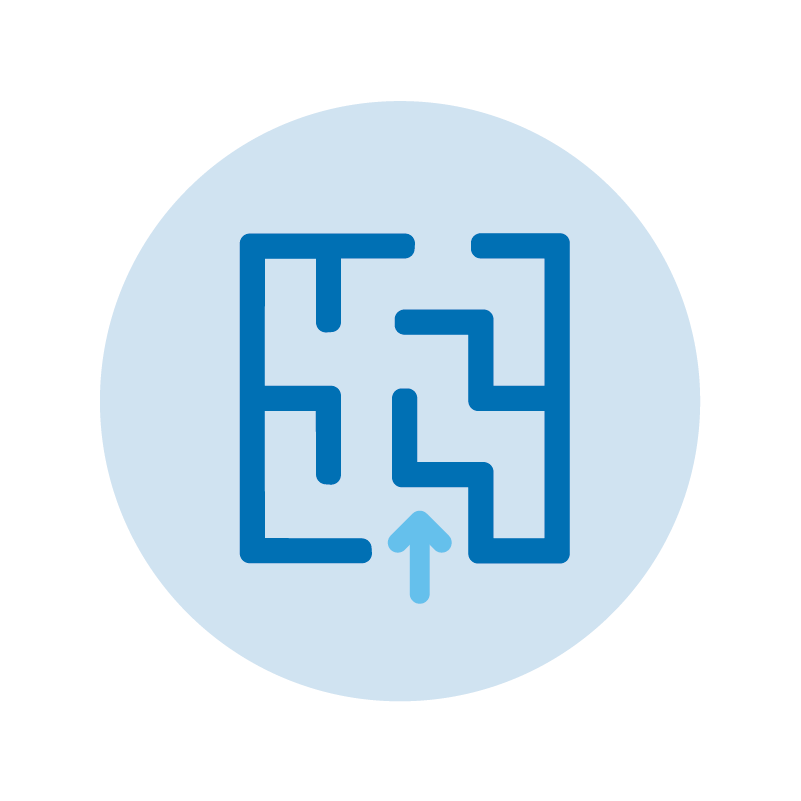The art of measuring jelly
Why the unique nature of Integrated Care Systems requires us to lean into the chaos

STRATEGY
Image: Istock

Stewart Lucas
Head of Mental Health System Influencing, Mind
Xxxxx Xxxxxxxx
xxxxxxxxxxx


Xxxxx Xxxxxxxx
xxxxxxxxxxx
Issue 65 | April 2023
When I was a child, I always assumed that at any given point, my parents knew what they were doing. When I was an underling in my first job in the charity sector, I always assumed the senior managers above me, and specifically the CEO, knew what they were doing and that every decision made was premeditated and predesignated. However, when I became a parent for the first time in the late nineties and then became a CEO for the first time about five years after that, I was in for one hell of a surprise.
It turned out that there wasn’t a sudden moment of magic as you become a parent or transcend to CEO-ship, where the mysteries of the universe are bestowed upon you. You remain resolutely yourself and even though you are now in quite staggering positions of authority and responsibility, that doesn’t, in any way, mean you know what you are doing. I discovered very quickly that being a parent, and then being a CEO, is all about making it up on the spot and hoping that you are getting it right.
Growing pains
I disclose all of this, not because I need some form of closure, but because I think it pertains very appropriately to how we think Integrated Care Systems should operate. The assumption seems to be that they should have emerged fully formed and fully structured, with all the I’s dotted and all the T’s crossed. What is emerging, however, is that they are not 42 uniform cylindrical bodies orbiting in the night sky of England’s national health structure. Instead, they are 42 distinct, non-corporeal bodies that are changing shape and form in a constant chaotic state of development.
As human beings, we tend to strive for structure, logic, and process. This is probably why Integrated Care Systems are so frustrating to those of us who observe and monitor health structures. We want them to follow a certain pattern and we want them to operate in a way that allows clear comparison and assessment. But that is not what they are doing. Instead, each Integrated Care System is going through its own individual evolution and formation that is distinctly unique to its own area.
We need to accept the fact that there is no such thing as a template, precedent, or process here. Each Integrated Care System is a fluid body that is consistently fluctuating as it goes through its own distinct growing pains. As observers, we are desperately looking for order in something where there is none. We need to realise that the rules that we thought were sacrosanct are now actually, at best, guidelines.

“As human beings, we tend to strive for structure, logic, and process.”

“This is going to be a case of building a relationship with each Integrated Care System individually.”
Building unique relationships
So, where does that leave the likes of us here at Mind, who are trying to influence and gently direct the development of these structures? Having read through the 35 published Integrated Care strategies, I am left with the distinct impression that this is all about the relational as opposed to transactional. What you can hear loud and clear through all 35 documents is the distinct voices of the leaders and the personalities involved in each of these Integrated Care Systems.
We need to put aside our desire to do things at scale and realise that this is going to be a case of building a relationship with, and developing an understanding of, each Integrated Care System individually. They are not an amorphous bunch of off-the-shelf NHS bodies each with a de-rigueur governance structure. Instead, they are highly unique and highly individual ecosystems that could only happen with that specific combination of geography and people.
We need to stop trying to measure jelly with a ruler and instead lean into the chaos. We need to realise that to understand Integrated Care Systems we need to not see them as collaborative and instead see them as distinct, individual, and unique collectives. It will take more time and more effort, but I believe that it is the approach that will bear dividend – and stop our heads hurting.

